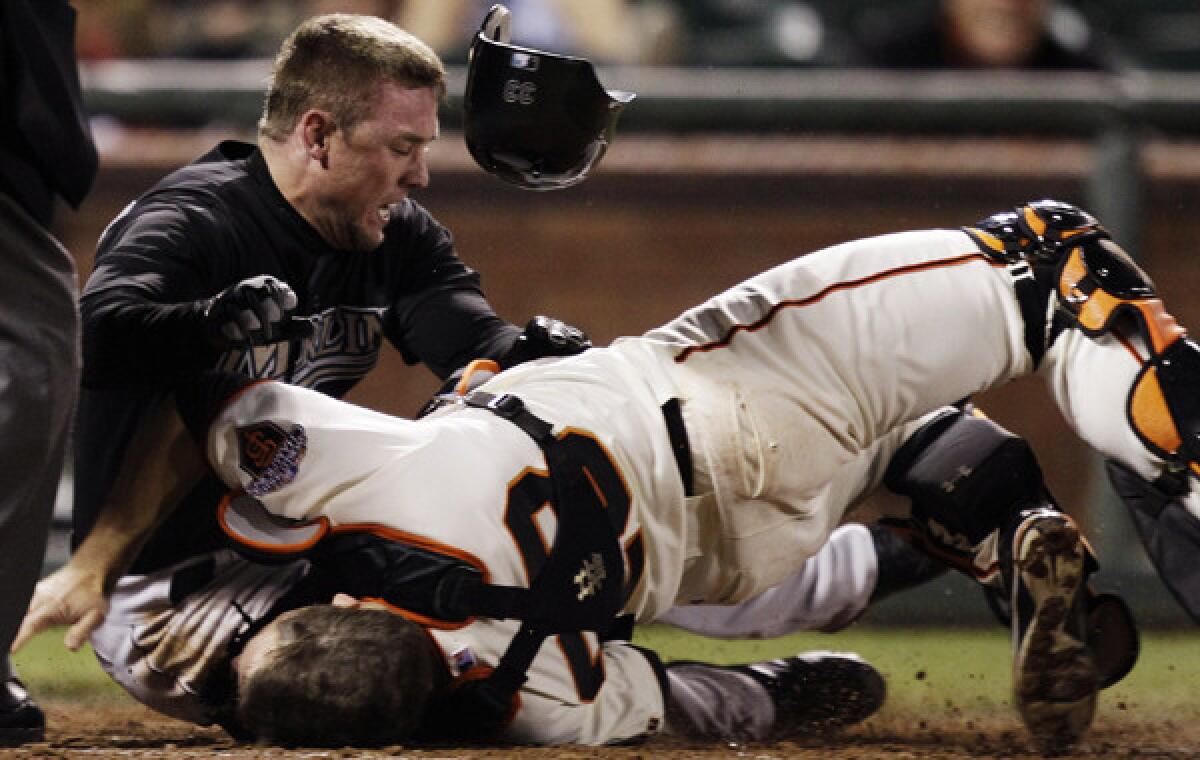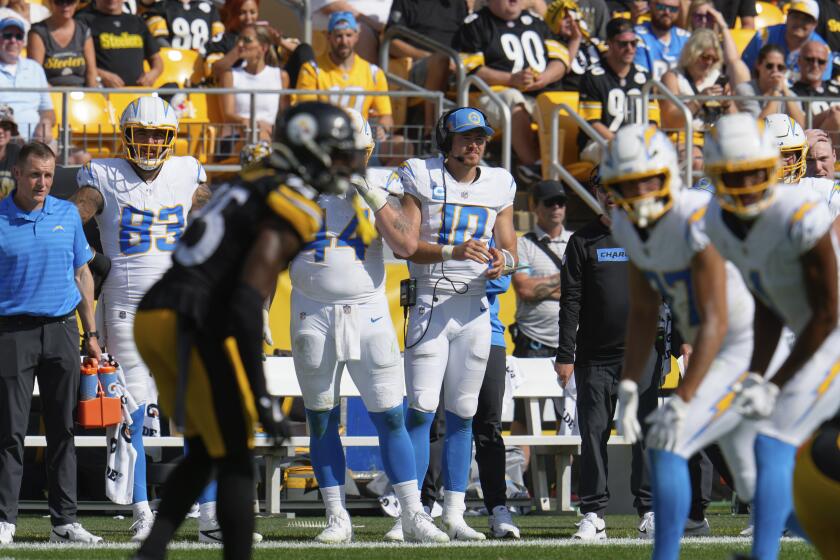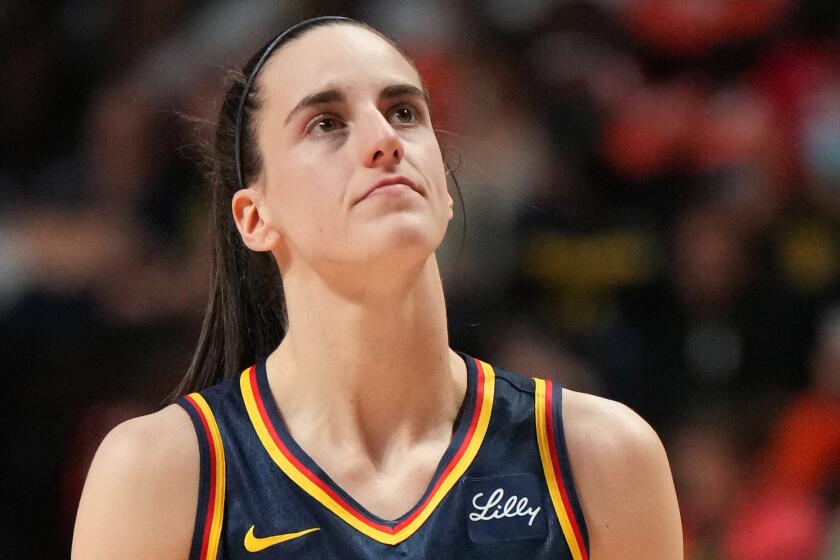New Major League Baseball rule limits home-plate collisions

NEW YORK — Rather than ban home-plate collisions, Major League Baseball and its players have adopted a rule limiting them.
In what both sides said was a one-year experiment, the rule allows collisions if the catcher has the ball and is blocking the runner’s direct path to home plate, and if the catcher goes into the basepath to field a throw to the plate.
“It’s good, I think it takes away the malicious intent behind the play at the plate,” Texas Rangers catcher J.P. Arencibia said. “Obviously the runner doesn’t always have to slide, and the catcher still has the ability to block the plate once he has the ball in hand.”
The new rule states: “A runner attempting to score may not deviate from his direct pathway to the plate in order to initiate contact with the catcher (or other player covering home plate).” A runner violating the rule will be declared out, even if the fielder drops the ball.
Along with the rule, the sides agreed to a pair of comments umpires will use to interpret the rule. The first: “The failure by the runner to make an effort to touch the plate, the runner’s lowering of the shoulder, or the runner’s pushing through with his hands, elbows or arms, would support a determination that the runner deviated from the pathway in order to initiate contact with the catcher in violation.” Players who slide appropriately are not in violation of the rule.
The second comment: “Unless the catcher is in possession of the ball, the catcher cannot block the pathway of the runner as he is attempting to score.” If he does, the runner is safe.
However, it also states that a catcher is not in violation should he block a runner’s pathway “in order to field a throw, and the umpire determines that the catcher could not have fielded the ball without blocking the pathway of the runner and that contact with the runner was unavoidable.”
The umpire crew chief can use the new video-review system to determine whether the rule was violated.
“It stops guys just going out of their way just to try to dislodge the baseball when they [catchers] have the plate,” Texas Rangers Manager Ron Washington said.
More to Read
Go beyond the scoreboard
Get the latest on L.A.'s teams in the daily Sports Report newsletter.
You may occasionally receive promotional content from the Los Angeles Times.










